Trap Workouts
The trapezius muscle is one of the most prominent muscles in the upper body, playing a crucial role in the movement and stability of the shoulder girdle and upper back. Its distinctive trapezoidal shape, from which it derives its name, makes it a focal point in discussions about upper body strength and posture. Understanding the trapezius muscle—its anatomy, functions, common issues, and effective exercises—can provide insights into improving upper body strength, posture, and overall physical performance.
In this article, we cover several exercises to make sure you hit the entire diamond. Keep reading to learn more about exercises for your traps. Or, click the image below to watch exercise demos from our class videos.
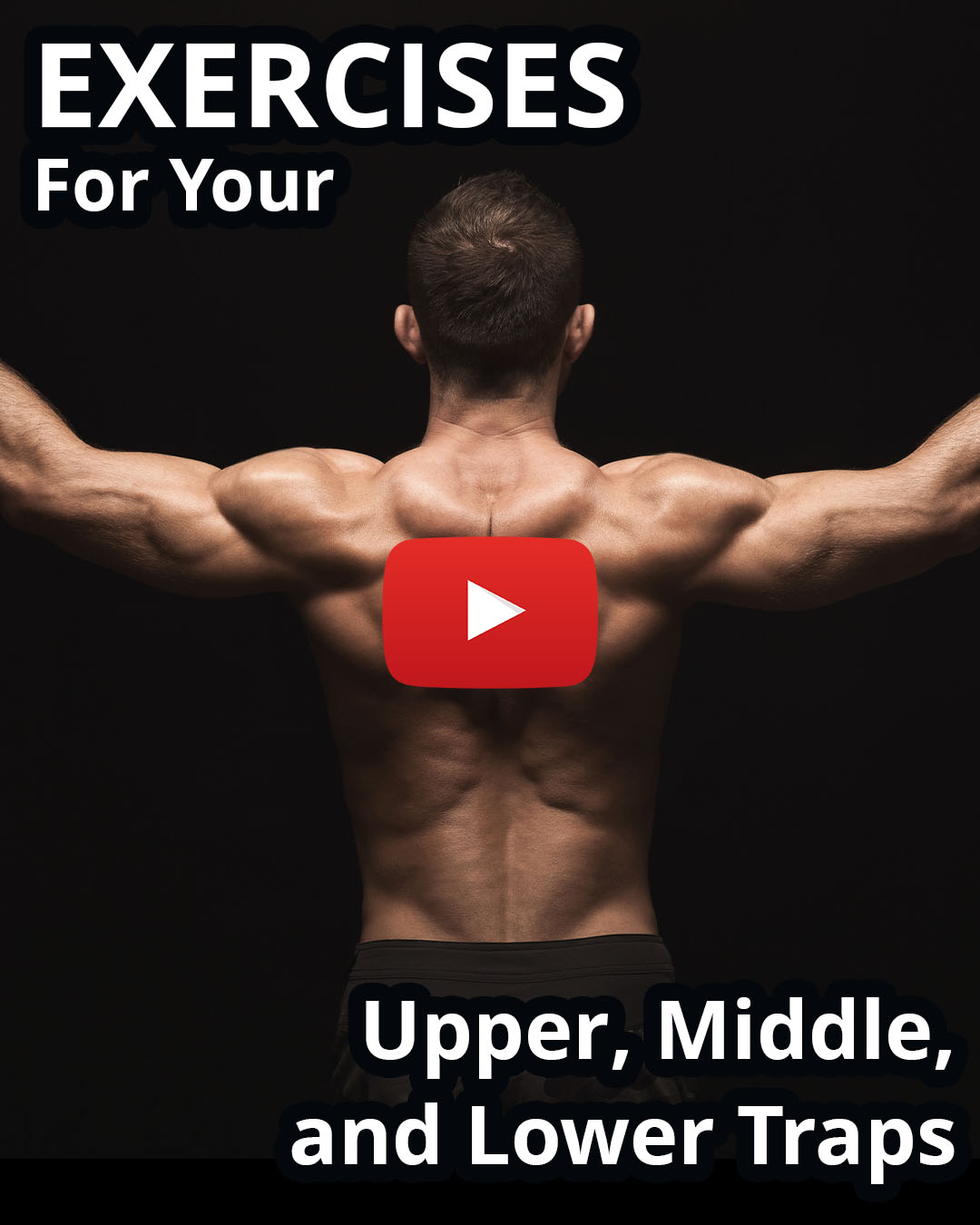
The Science
In order for the best muscular contractions, your muscle fibers should move any resistance against gravity. This goes for all muscles including the trapezius muscle. If you look closely in the trapezius image below, you can see fibers running in all directions. Therefore, you need to pick exercises that move your shoulders blades up, down, and laterally. Keep reading to learn movements for each part of the trapezius muscle.

Upper Traps
We'll start from the top and work are way down. The upper trapezius is primarily responsible for scapular elevation and scapular upward rotation. One of the exercises you can do for scapular elevation is shrugs. You can use barbells, dumbbells, or even a specialty item called a trap bar. One of the misconceptions in the gym is that you need to rotate your shoulders to get a great upper trap workout. The truth is, all you need to do is shrug your shoulders straight up, and slowly lower the weight.
The second movement for the upper traps is scapular upward rotation. There are several exercises you can perform to accomplish this movement. The exercise with the greatest range of motion is the dumbbell shoulder press. You can also perform shoulder presses with barbells. To emphasize the traps, and not the deltoids, keep the range of motion above your shoulders.
And if you want to learn more about exercise science and sports nutrition, click the image below to review our classes.
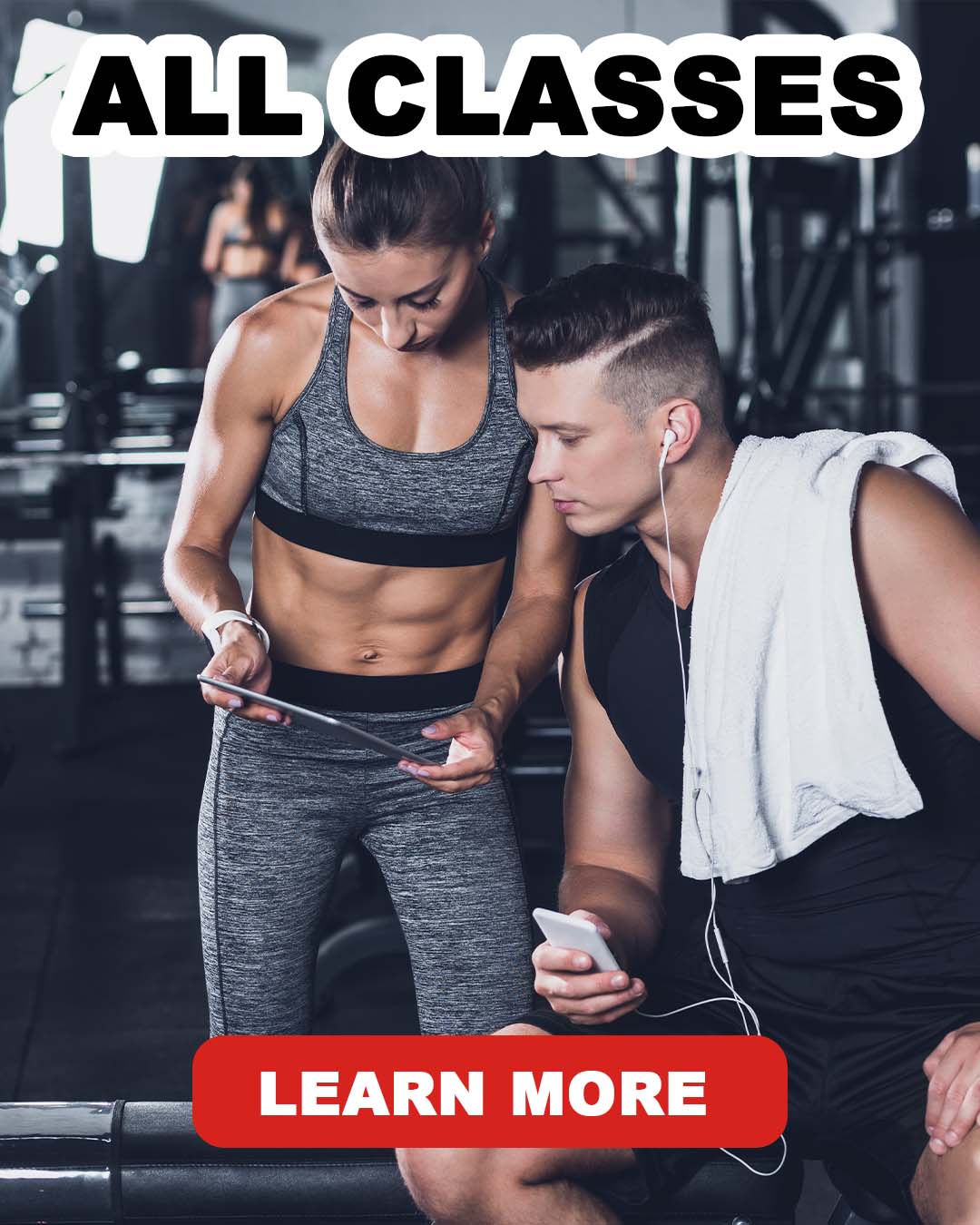
Mid Traps
Although the trapezius is one big muscle, it can be grouped into smaller sections. The next section of the trap we'll be discussing is the middle trap. Since those muscle fibers run horizontally, the middle trap plays a crucial role in retracting the shoulder blades, pulling them towards the spine. For example, the reverse pec deck is a great exercise because you can really squeeze your mid traps to move your shoulder blades closer together. Start with your upper arms perpendicular to your torso then proceed to move your arms back while squeezing your mid traps. Bonus tip: the reverse pec deck will also work out your read deltoids.
Speaking of deltoids, we wrote an article on the best way to work out all 3 of your deltoid muscles. You can also watch exercise demos for your shoulders by clicking the image below.
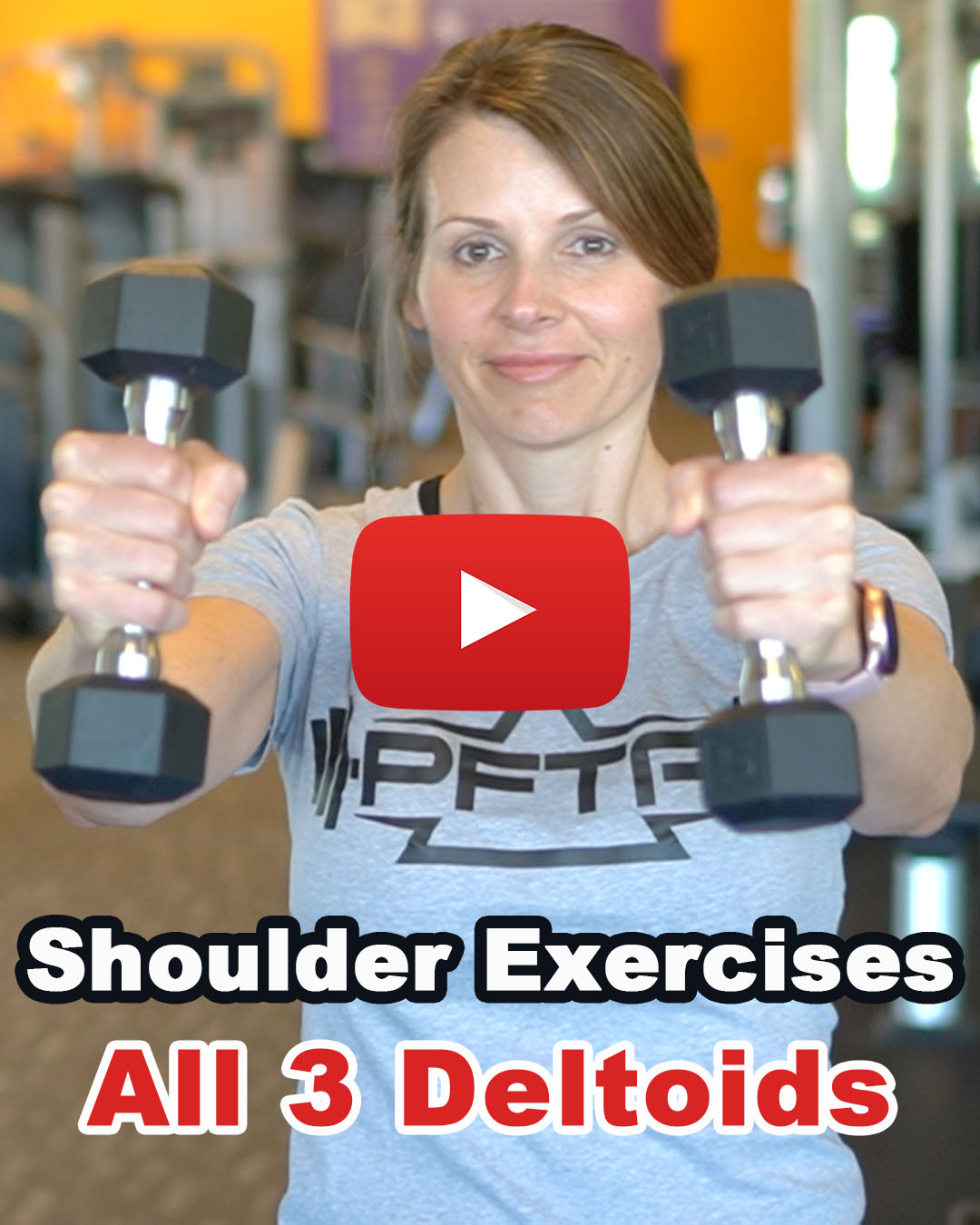
High Rows
Furthermore, you can set up the seated row to work your mid traps as well. If you move the resistance with your elbows down (shoulder extension), you will emphasize the lats. But, if you move the resistance with your elbows up, you will emphasize the mid traps and rhomboids. Both methods are great for working out your back muscles, but your grips will dictate which muscles do most of the work. We wrote an article on working out different muscles with both types of grips. Or, you can just click the image below to watch how we set up each of the exercises.
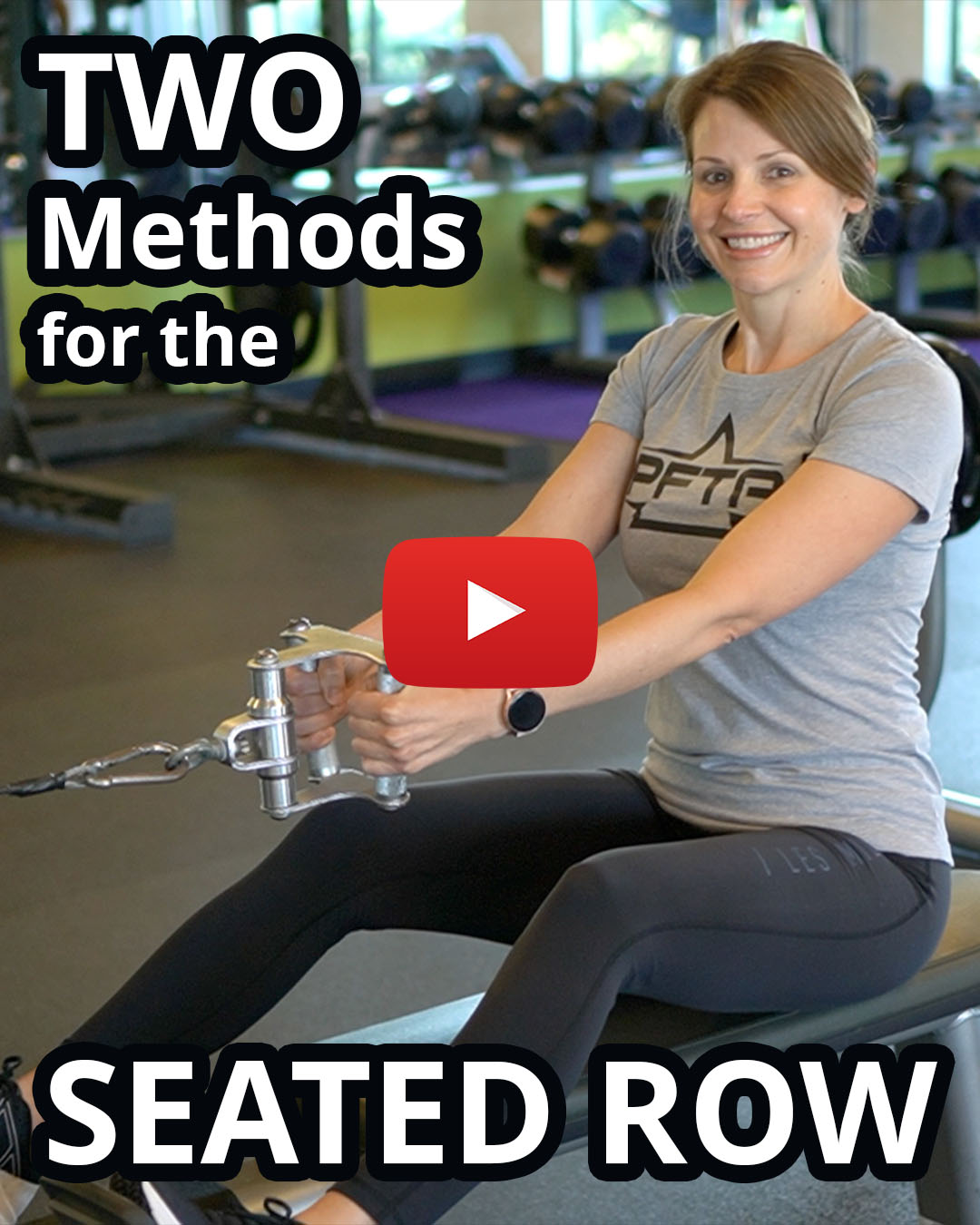
TRX Bands
So far we've talked about reverse pec deck and high cable row for your mid traps. But, I can think of two more exercises that are easy to setup but just as effective. If you only have dumbbells, then bent laterals is going to be for you. We demonstrate bent laterals in the shoulder exercise video above.
Another of my favorites involves using TRX bands. Again, it's a quick and easy setup, and only requires your body weight as resistance. As a bonus, high rows on TRX bands will also work your core. A strong core is crucial for overall stability, balance, and injury prevention, serving as the foundation for effective movement and proper posture.
Furthermore, we've written an article on strengthening your core and showing off your six pack abs. Click on the image below for more info.

Lower Traps
The last section we will be discussing in this article is the lower traps. The lower trapezius assists in depressing the shoulder blades and is involved in the upward rotation of the scapula, which is necessary for raising the arm above the head. This means, your lower traps get a lot of work just doing pulldown exercises and shoulder presses. But, if you want to get your lower traps some additional work, you can perform reverse shrugs as shown in the video above. You can use several machines to perform reverse shrugs. I personally perform reverse shrugs on the tricep machine right after I do a set of pushdowns. Again, more info in the traps exercise video above.
Like I said before, if you are working your lats with several different pulldown exercises, then more than likely, you are working out your lower traps. And since we are talking about lats, we also wrote an article on the best pulldown exercises for your lats. You can click on the image below for exercise demos.

Knowledge is Power
And if you want more tips on exercise and nutrition, add your email below. You'll receive weekly tips directly to your inbox. Plus, you'll also receive the occasional coupon code for our classes.
Summary
The trapezius muscle is essential for upper body movement and stability, influencing shoulder function and posture. By understanding its anatomy and functions, and incorporating targeted exercises into your fitness routine, you can enhance trapezius strength, improve posture, and reduce the risk of injury. Whether your goal is to alleviate back pain, correct posture imbalances, or build overall upper body strength, a well-rounded approach to trapezius training is crucial for achieving optimal physical health and performance.
Are you new to exercise? Do you need help setting up a safe and effective workout plan? Click the image below to get more info on personal training.
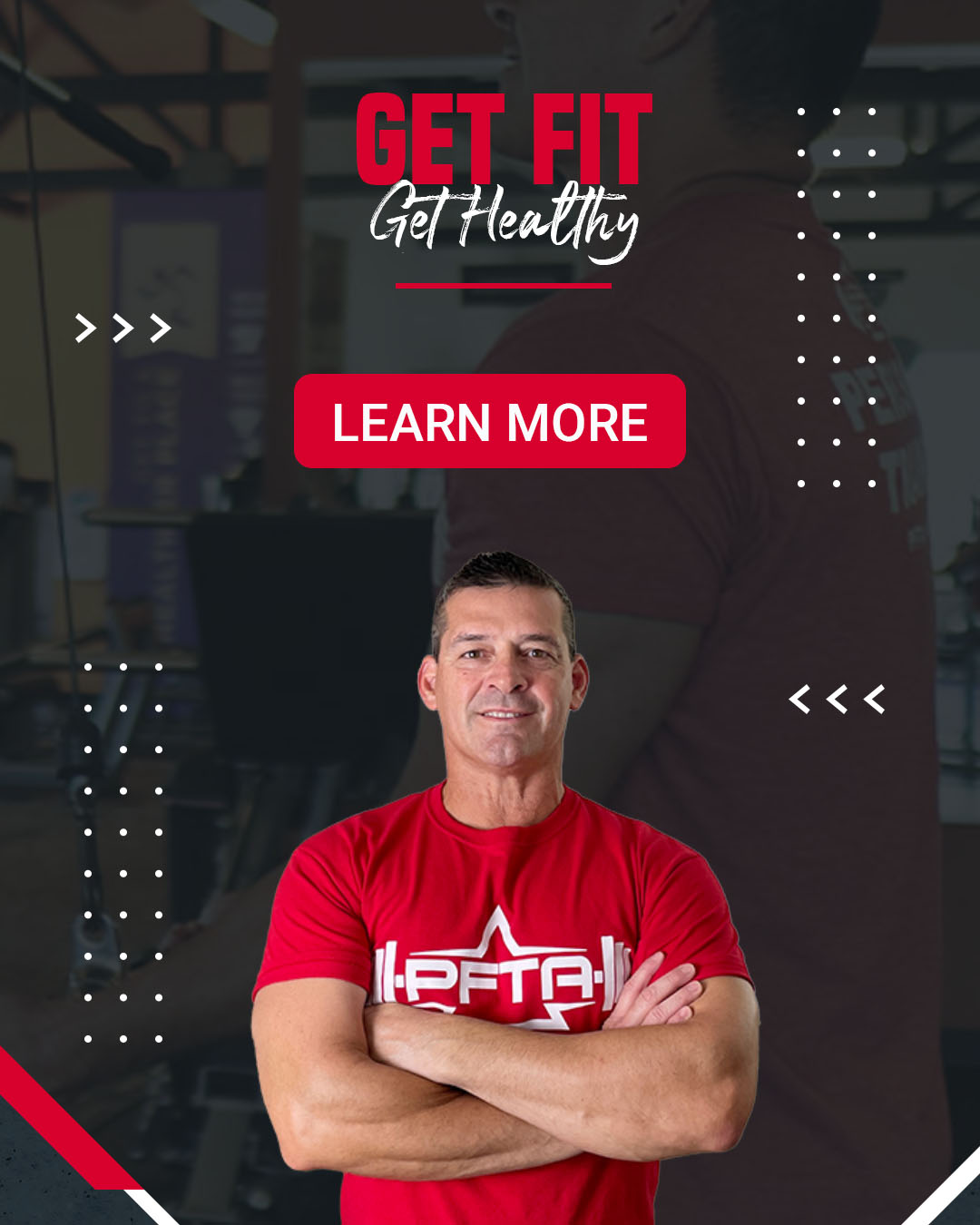
Written By
RAescobar, PFTA instructor and personal trainer